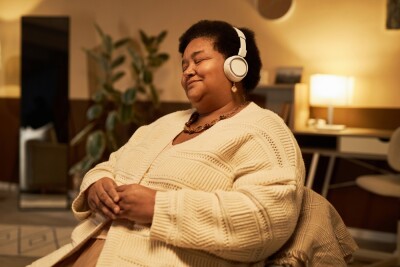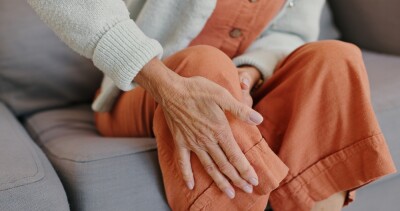Updated AAP report highlights emerging pediatric integrative medicine field
August 28, 2017
 As more and more families opt to use complementary and integrative services, the The American Academy of Pediatrics (AAP) aims to provide reliable information and high-quality clinical resources to support pediatricians. The organization released an updated clinical report on pediatric integrative medicine (PIM), reviewing complementary therapies, as well as highlighting where research is strong and where gaps remain so clinicians can more skillfully advise patients and their families, according to an August 28 announcement. The report, which was last updated in 2008, highlights resources and clinical tools. It also covers the field’s history, epidemiology, strengths and challenges, research updates, regulatory standards, medical-legal aspects, licensing considerations, and training and education initiatives. Since the range of complementary therapies is extensive and diverse, the report does not provide in-depth discussion of each therapy or product. Instead, the report "aims to raise awareness about this emerging field, improve pediatric preventive health and expand treatment options for children and adolescents living with a wide range of medical conditions," says the AAP. Commonly used complementary therapies are reviewed, including biologically based practices, dietary supplements, herbal products, diet, manipulative, movement and body-based practices such as massage, mind-body therapies such as yoga, acupuncture, traditional Chinese medicine, and naturopathy. PIM describes an approach that blends complementary and evidence-informed conventional therapies with a patient-centered focus. Data from the 2007 and 2012 National Health Interview Survey shows complementary approaches in children were used to treat specific conditions, rather than for general well-being. While use of complementary therapies was about 12 percent in children under 18 years old for both 2007 and 2012, it rose to 50 percent in children with chronic illnesses. Further, adolescents are more likely to use complementary therapies than younger children. Some families prefer not to disclose use of complementary therapies. The report suggests pediatricians can help guide families in safe use with awareness of the field and by encouraging an open exchange of information. "Children and adolescents face serious health challenges and stressors in today’s society," says the AAP. "Integrative medicine seeks to promote a comprehensive approach to healthy nutrition, physical activity, stress management and coping skills, sleep, and judicious use of complementary therapies that can help children and their families reduce risk of preventable chronic illness across the lifespan." Click here for more information.
As more and more families opt to use complementary and integrative services, the The American Academy of Pediatrics (AAP) aims to provide reliable information and high-quality clinical resources to support pediatricians. The organization released an updated clinical report on pediatric integrative medicine (PIM), reviewing complementary therapies, as well as highlighting where research is strong and where gaps remain so clinicians can more skillfully advise patients and their families, according to an August 28 announcement. The report, which was last updated in 2008, highlights resources and clinical tools. It also covers the field’s history, epidemiology, strengths and challenges, research updates, regulatory standards, medical-legal aspects, licensing considerations, and training and education initiatives. Since the range of complementary therapies is extensive and diverse, the report does not provide in-depth discussion of each therapy or product. Instead, the report "aims to raise awareness about this emerging field, improve pediatric preventive health and expand treatment options for children and adolescents living with a wide range of medical conditions," says the AAP. Commonly used complementary therapies are reviewed, including biologically based practices, dietary supplements, herbal products, diet, manipulative, movement and body-based practices such as massage, mind-body therapies such as yoga, acupuncture, traditional Chinese medicine, and naturopathy. PIM describes an approach that blends complementary and evidence-informed conventional therapies with a patient-centered focus. Data from the 2007 and 2012 National Health Interview Survey shows complementary approaches in children were used to treat specific conditions, rather than for general well-being. While use of complementary therapies was about 12 percent in children under 18 years old for both 2007 and 2012, it rose to 50 percent in children with chronic illnesses. Further, adolescents are more likely to use complementary therapies than younger children. Some families prefer not to disclose use of complementary therapies. The report suggests pediatricians can help guide families in safe use with awareness of the field and by encouraging an open exchange of information. "Children and adolescents face serious health challenges and stressors in today’s society," says the AAP. "Integrative medicine seeks to promote a comprehensive approach to healthy nutrition, physical activity, stress management and coping skills, sleep, and judicious use of complementary therapies that can help children and their families reduce risk of preventable chronic illness across the lifespan." Click here for more information.



















SHARE